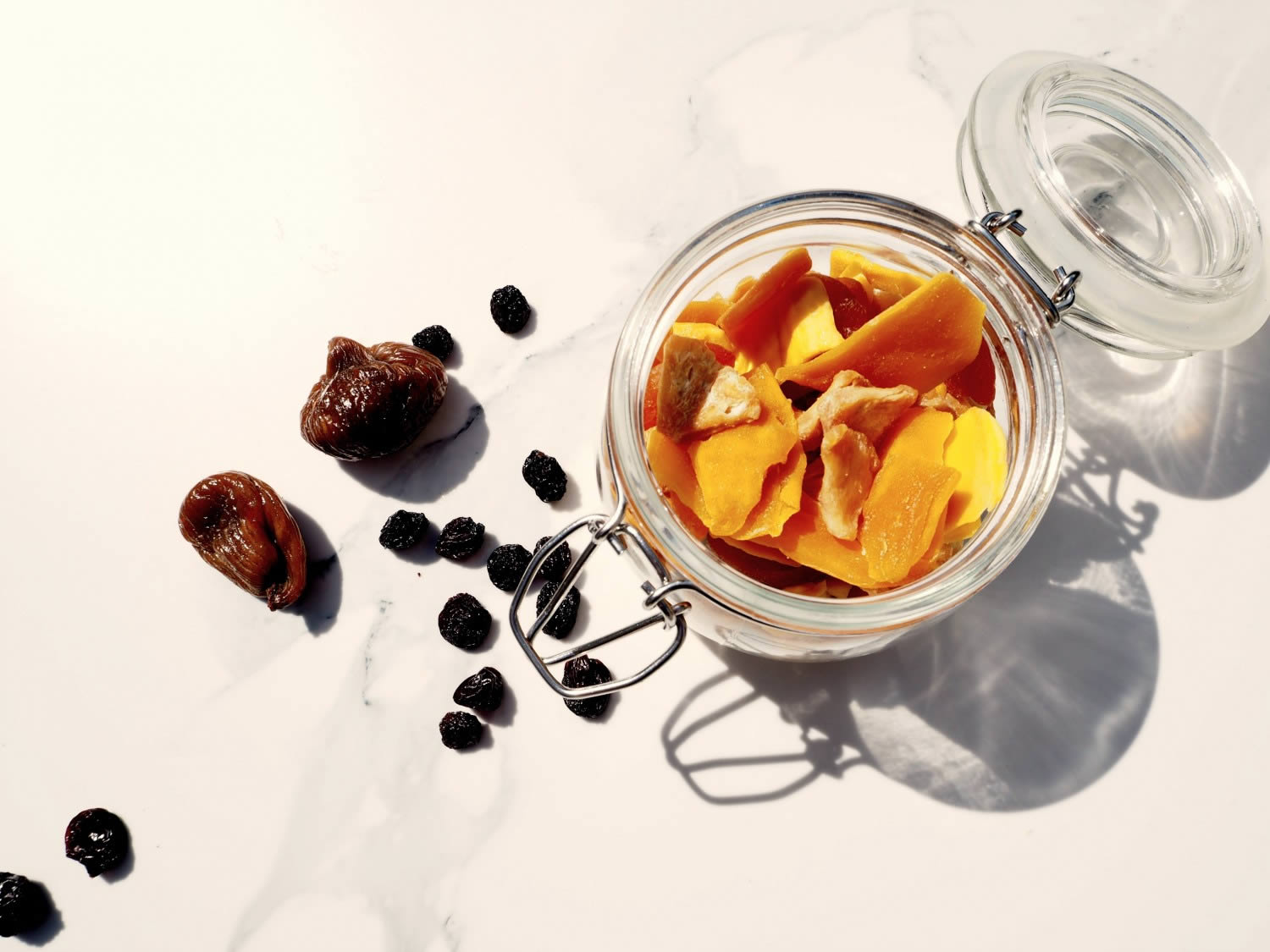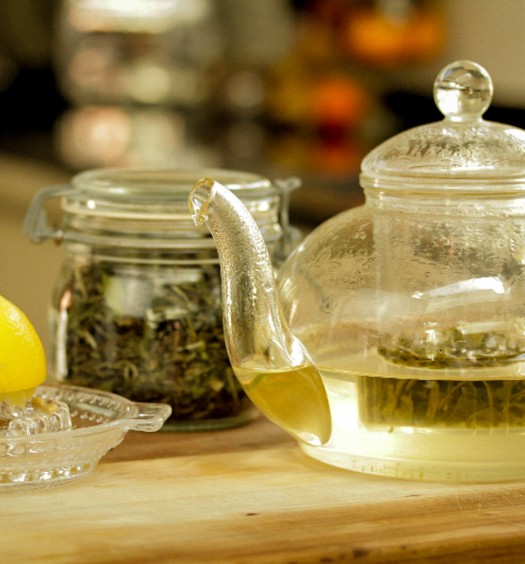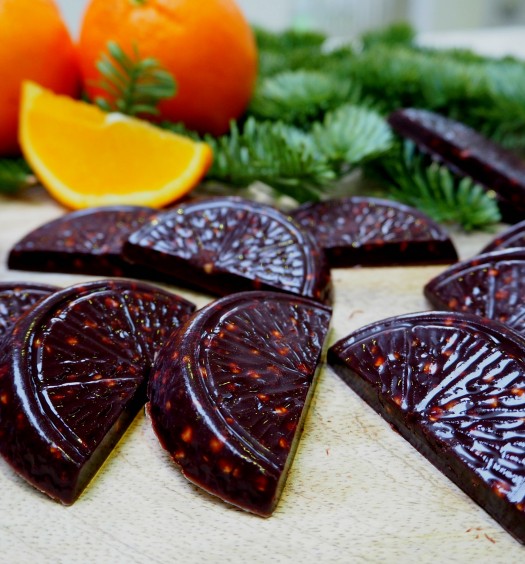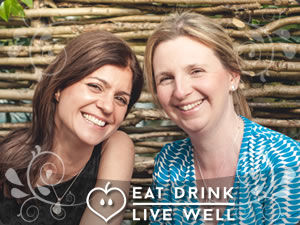Dried fruits are a convenient snack, but are they actually as healthy as they seem? They tend to be thought of as tasty alternative to sweets, with whole aisles dedicated to dried fruits in health food shops so they must be good for us right?
Dried fruit has high sugar content. The calorie content of dried fruits are around twice those of their fresh counterparts. Some, such as dried blueberries, contain nearly triple the calories. A cup of fresh apricots has around 74 calories. A cup of dried apricots contain more than four times that amount (313 calories).
It’s really easy to eat too much dried fruit – they’re less filling due to the lack of water, but the danger is the sugar content. The concentrated sugar can cause havoc with blood sugar levels leading to overweight children and other health problems; not to mention the dreaded sugar rushes which cause havoc with our sanity (you can read our views on problems with sugar here). Some fruits are even sprayed with sugar before drying. Reading the label is the only way to know for sure, you’ll be surprised what you see.
They often contain additives. Watch out for the ingredients – only the fruit should be listed yet several things are often added. Common ones are sugar, dextrose, glucose syrup, colouring, glycerin, sorbic acid, sulphur dioxide (sulphites), paraffin, fats and oil. You can tell if oil has been added by the glossy appearance. The label may just say ‘vegetable oil’ but they often contain cheap refined oils.
Sulphites are preservatives that maintain colour and are used in many dried fruits, especially raisins, prunes and apricots. This chemical can trigger adverse reactions in some people. To avoid additives, choose organic and check the labels: organic dried fruits don’t look as attractive but these darker versions haven’t been tampered with.
Nutrients are lost in the drying process. This is mainly due to heat which destroys water-soluble nutrients like vitamin C. Apricots lose pretty much all their vitamin C and half their calcium and potassium in processing.
The good news is that dried fruit retains all of its fibre and iron – for this reason I do add a couple of dried apricots to porridge for a concentrated source of iron. It’s worth noting that vitamin C aids iron absorption so adding some fresh berries helps compensate for the lost vitamins. I don’t worry about the sugar in this instance as the oats and seeds help control sugar spikes.
Dried fruits are hard to digest. Parents who’ve changed a nappy after a raisin snack will agree. To be properly digested and utilised by our bodies, they need to be rehydrated. If not, your body will add the water which can be dehydrating. This delay means the fruit may leave the body before all the nutrients have been utilised.
There is an argument for soaking dried fruit overnight but I’m not organised enough for that. I figure that simmering dried apricots in water and adding oats to make porridge rehydrates them enough to allow the body to utilise them properly.
So what’s the verdict?
The UK’s Food Standards Agency advises that a portion of dried fruit is only one heaped tablespoon – equivalent to one of the advised five portions a day. But due to the concentrated sugar and decreased nutrient status it’s not an ideal alternative to fresh fruit.
In my opinion, whilst it may be a healthier snack than crisps, biscuits, cakes and sweets, dried fruit should still be considered a ‘treat’ to be restricted. It’s all too easy to pacify a young child with a bag of raisins, but the body doesn’t differentiate sugar from sweets to those from dried fruits.
If you do choose to use dried fruit for your baby, rehydrate (soak or simmer) it first to make it easier for your baby to manage and look for organic, unsulphured varieties.
We hope you found this article helpful. Let us know your thoughts in the comments below or on our facebook page and don’t forget to sign up to our newsletter to receive more recipes, nutrition tips and expert advice.





